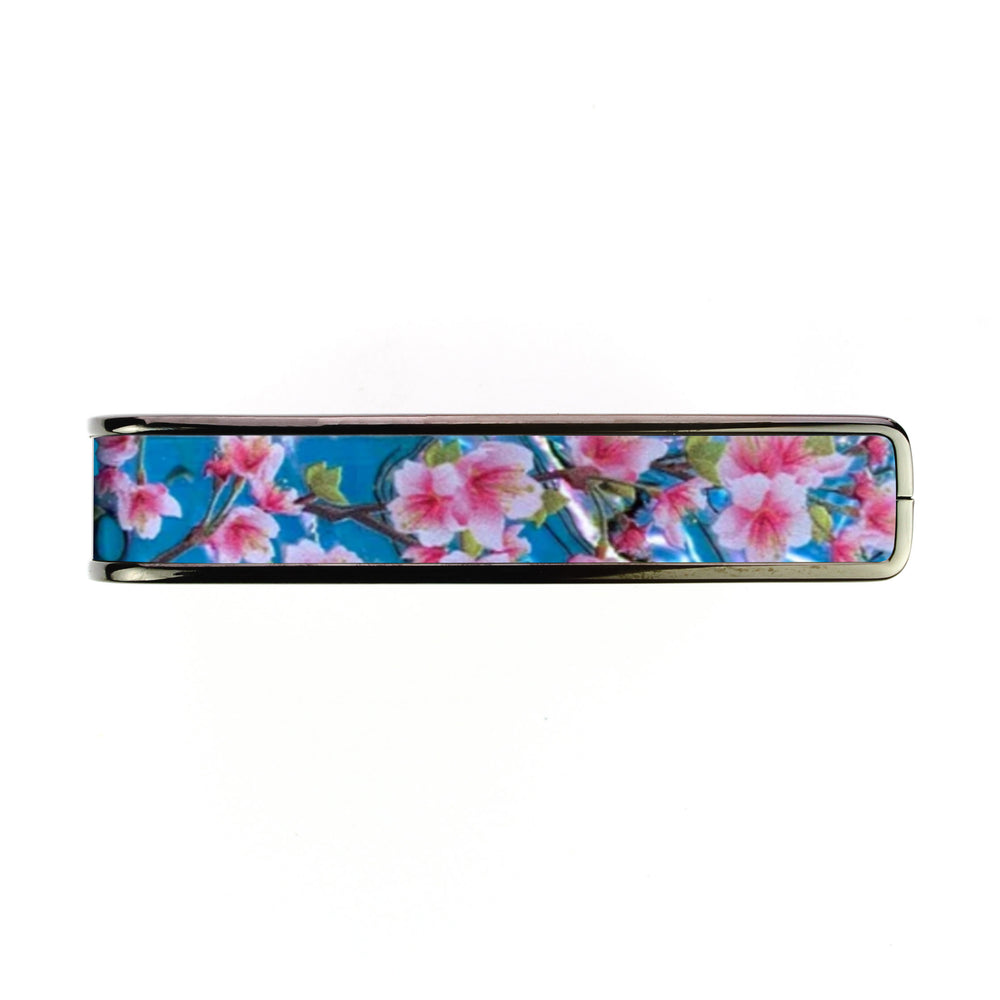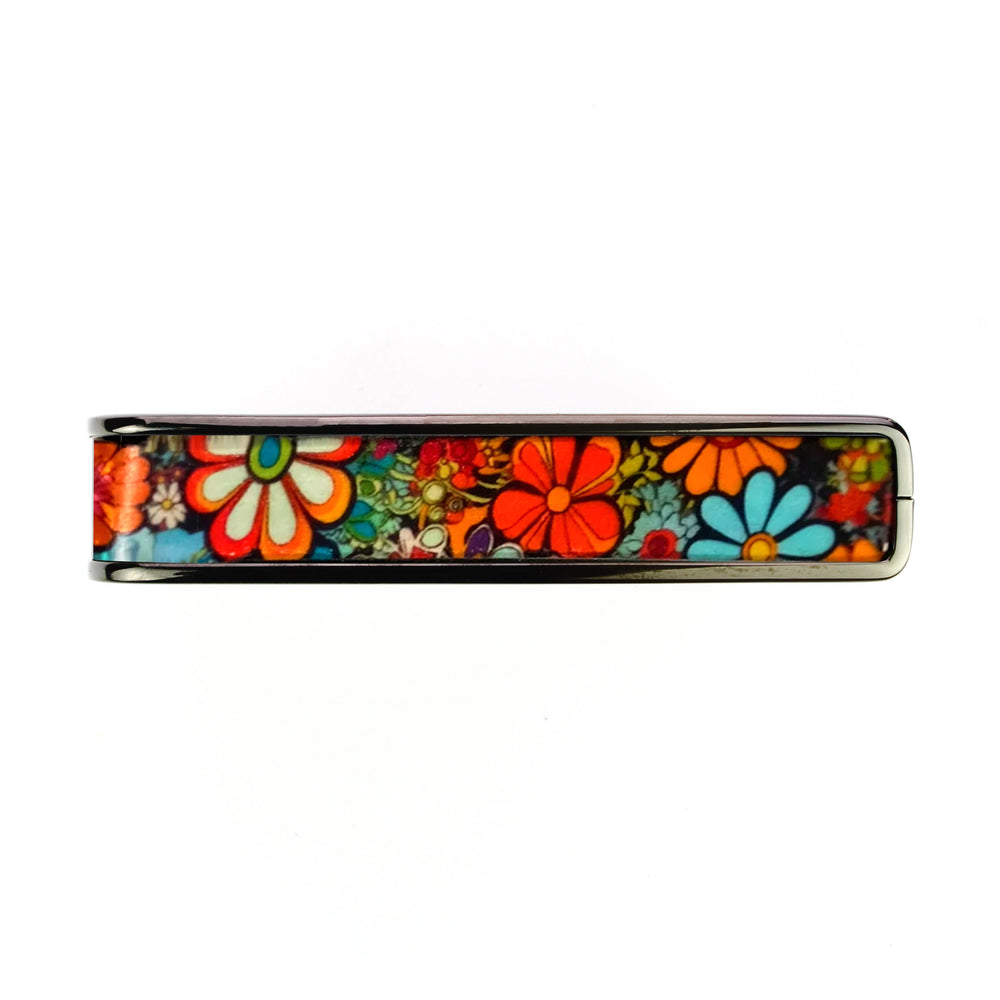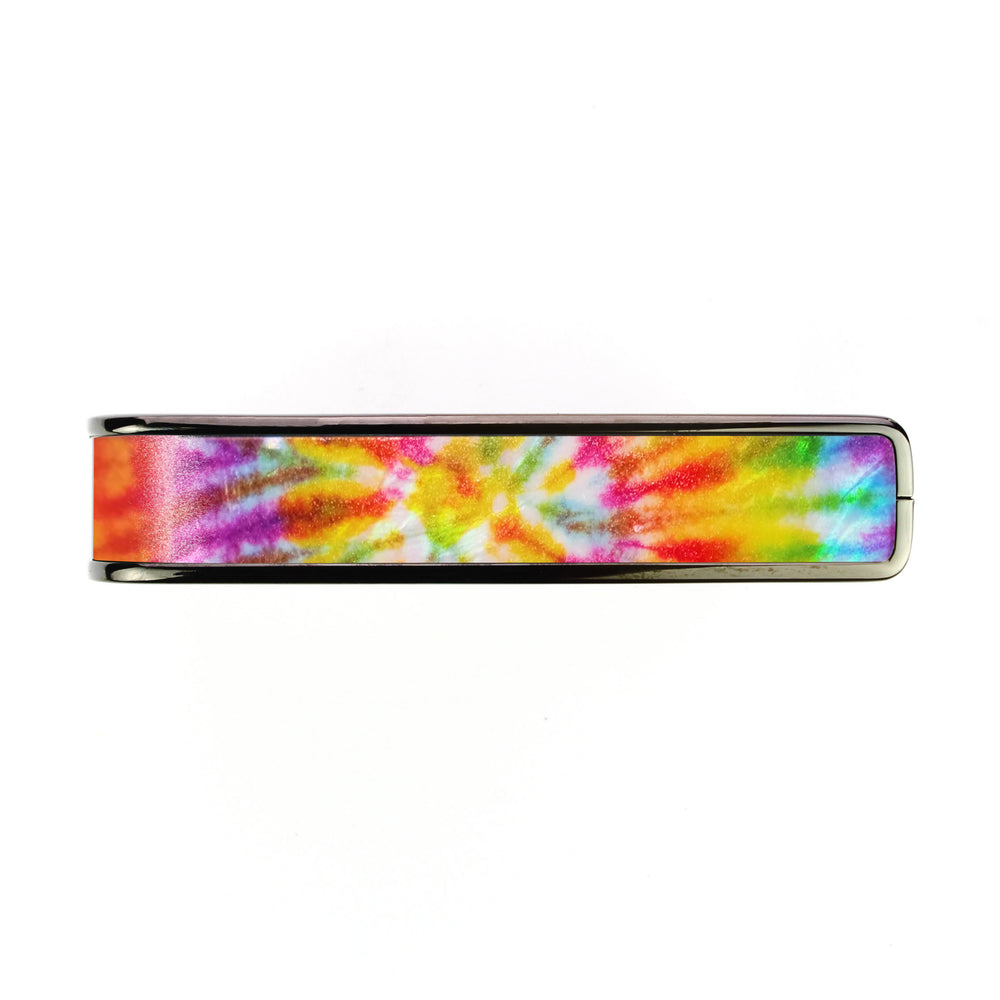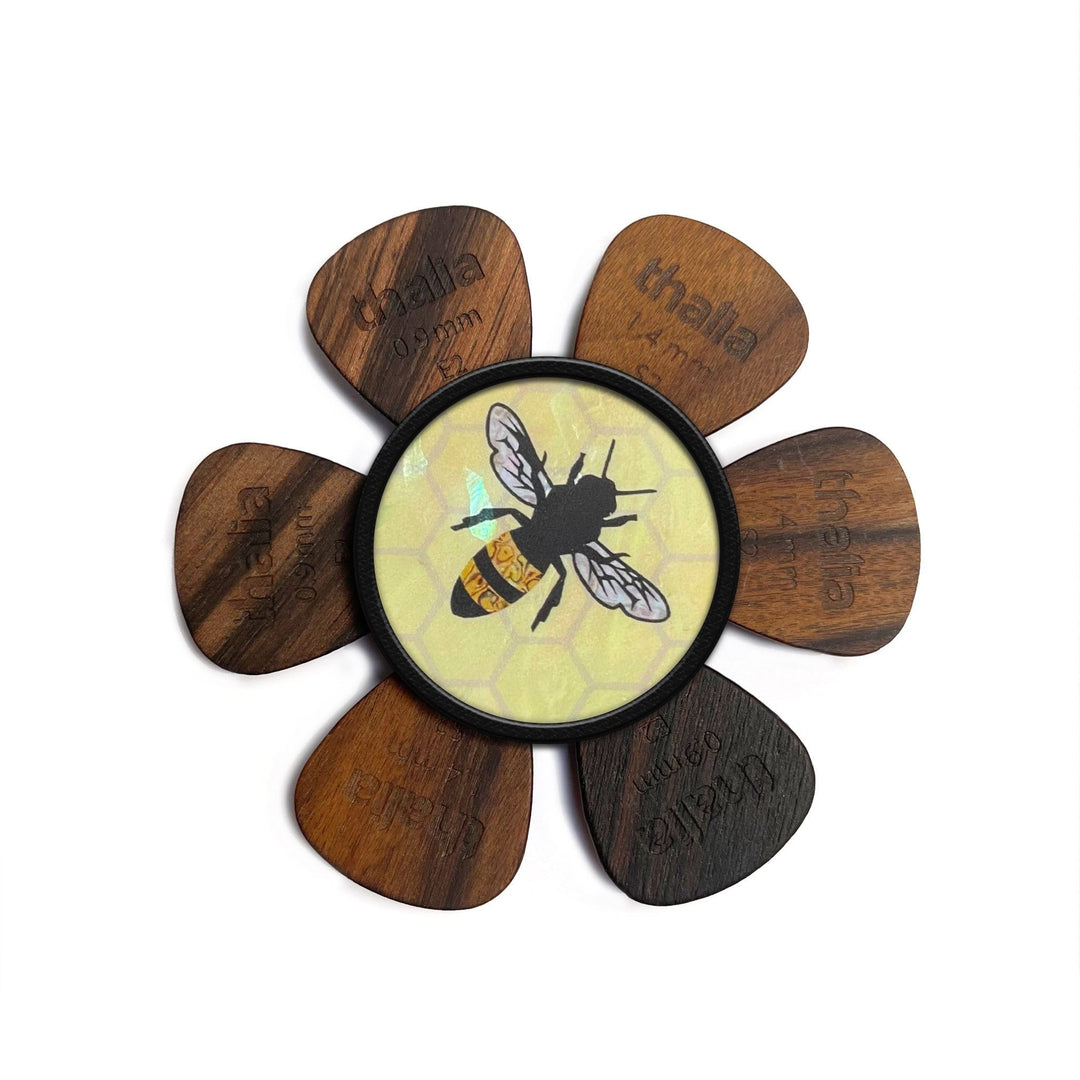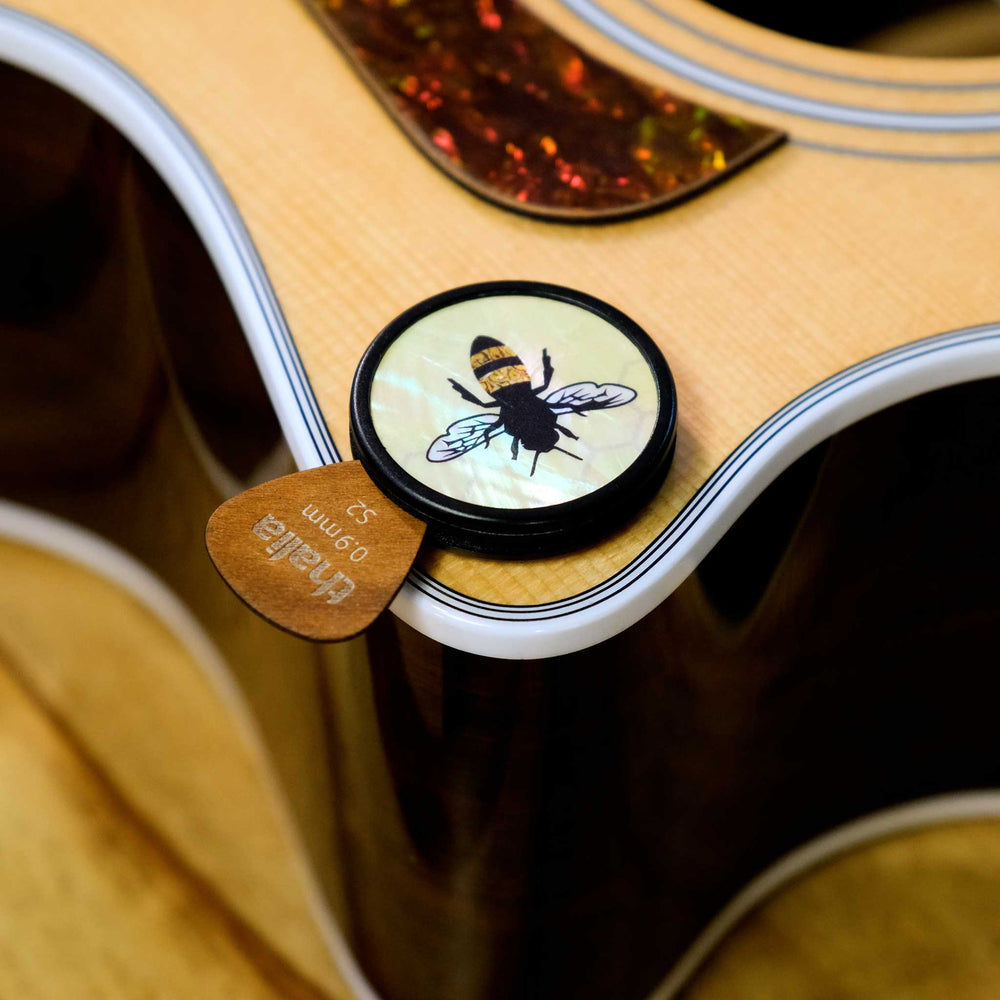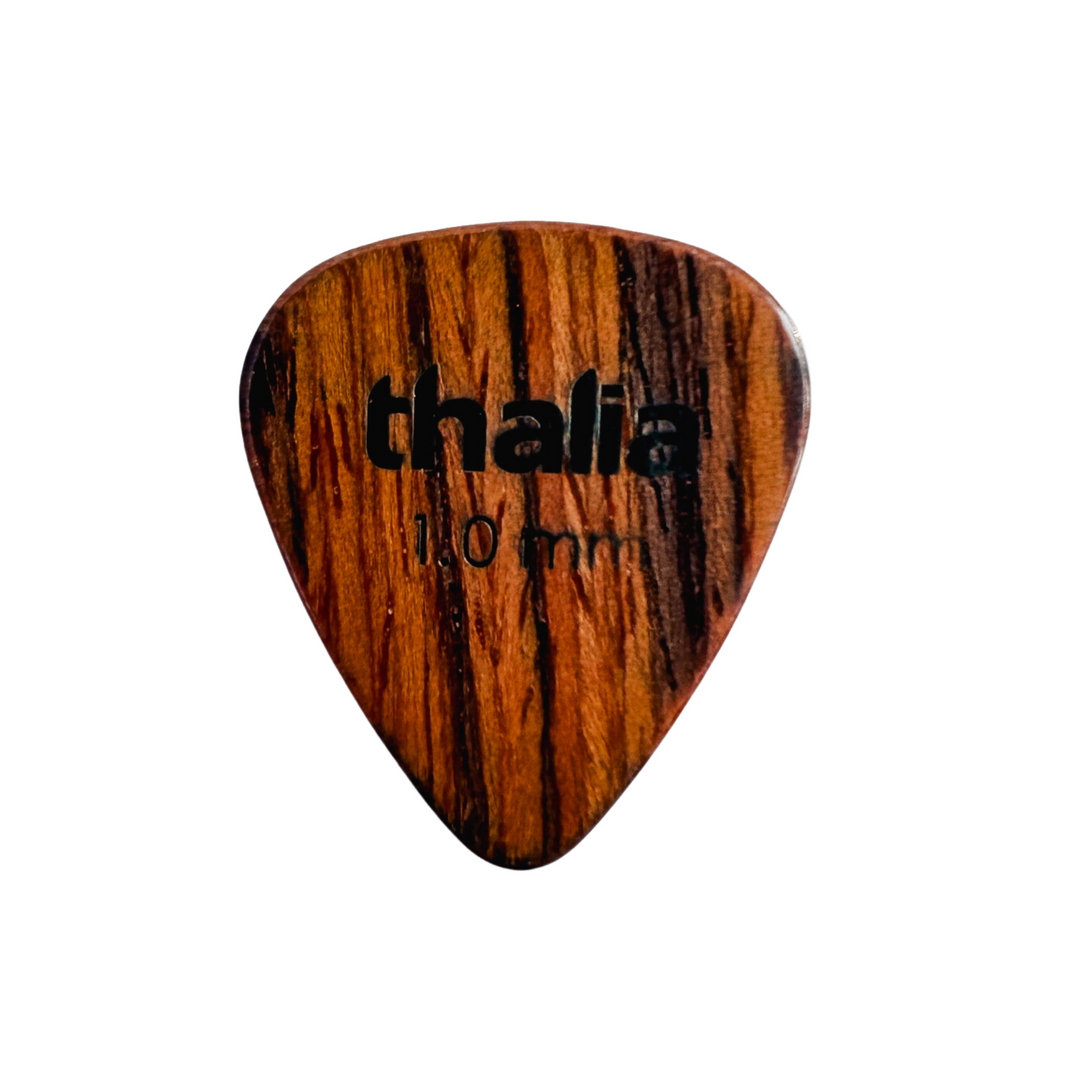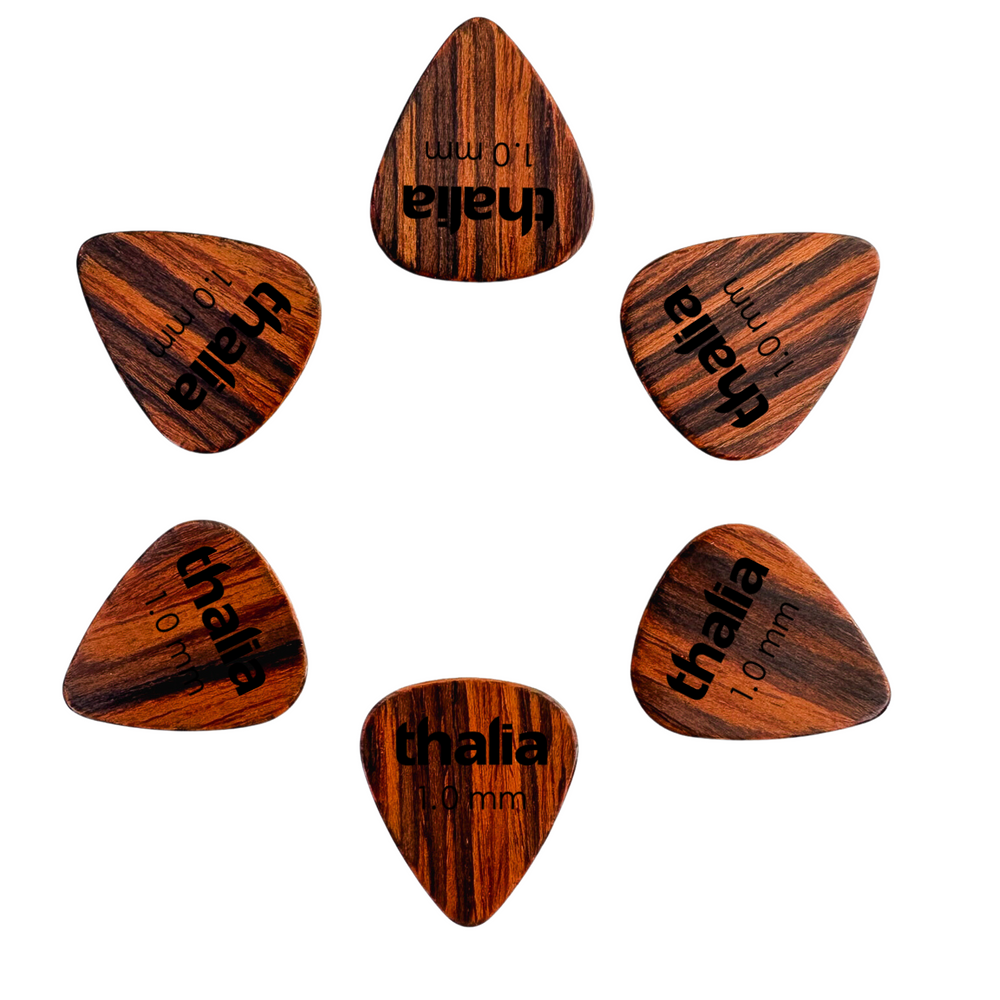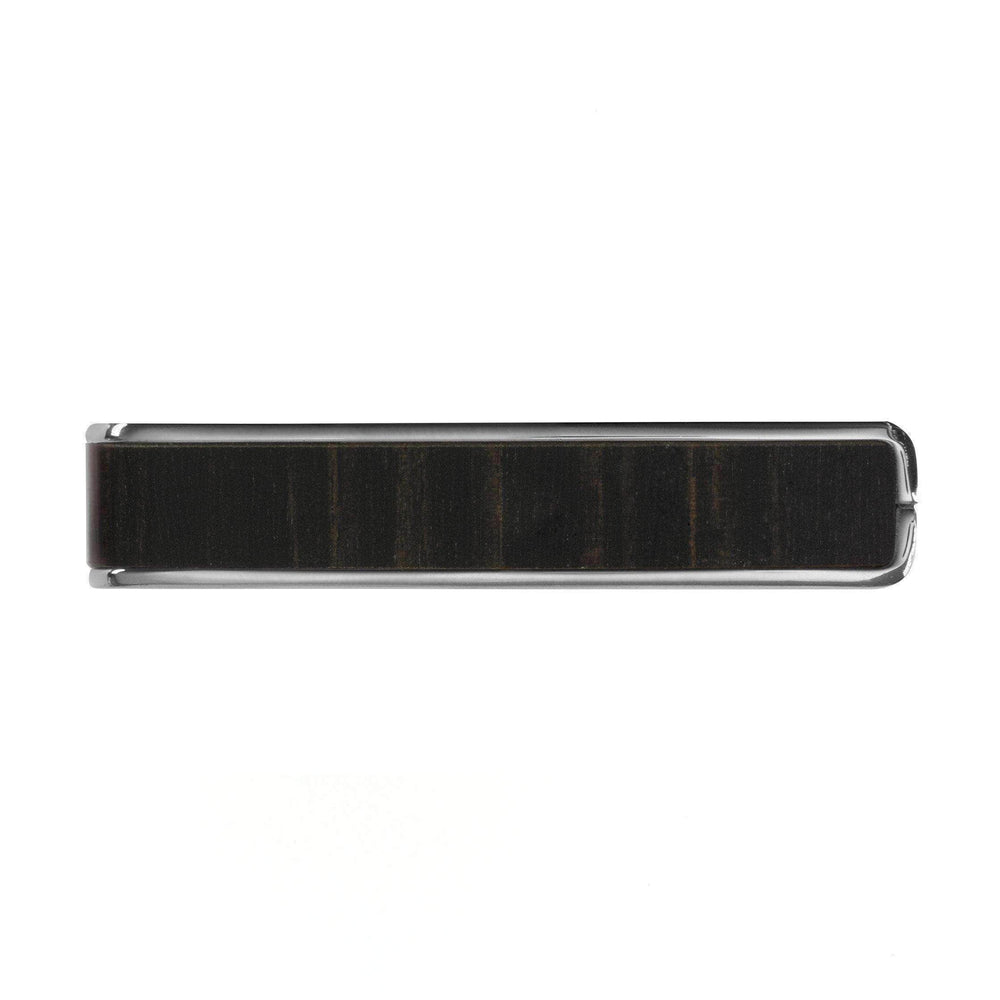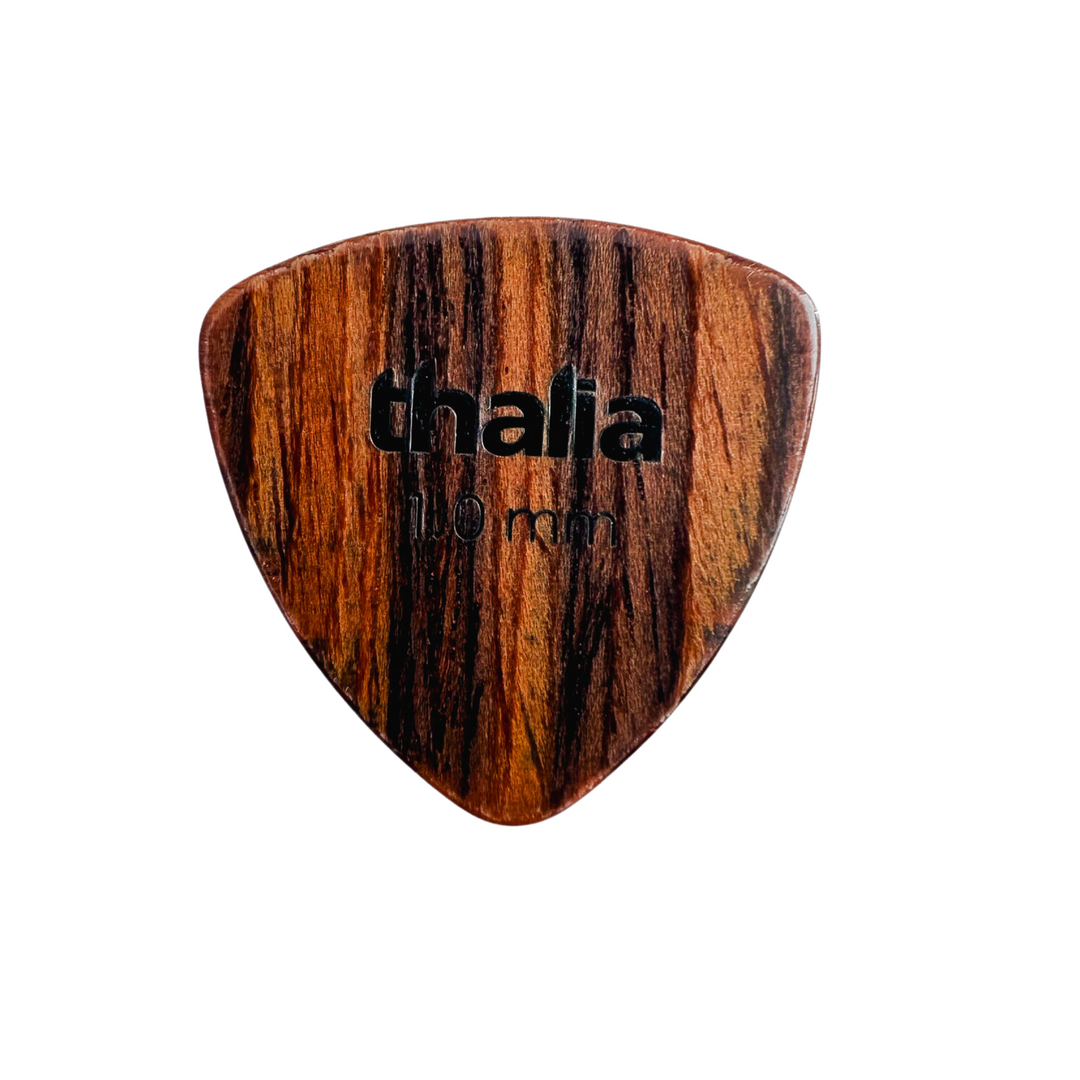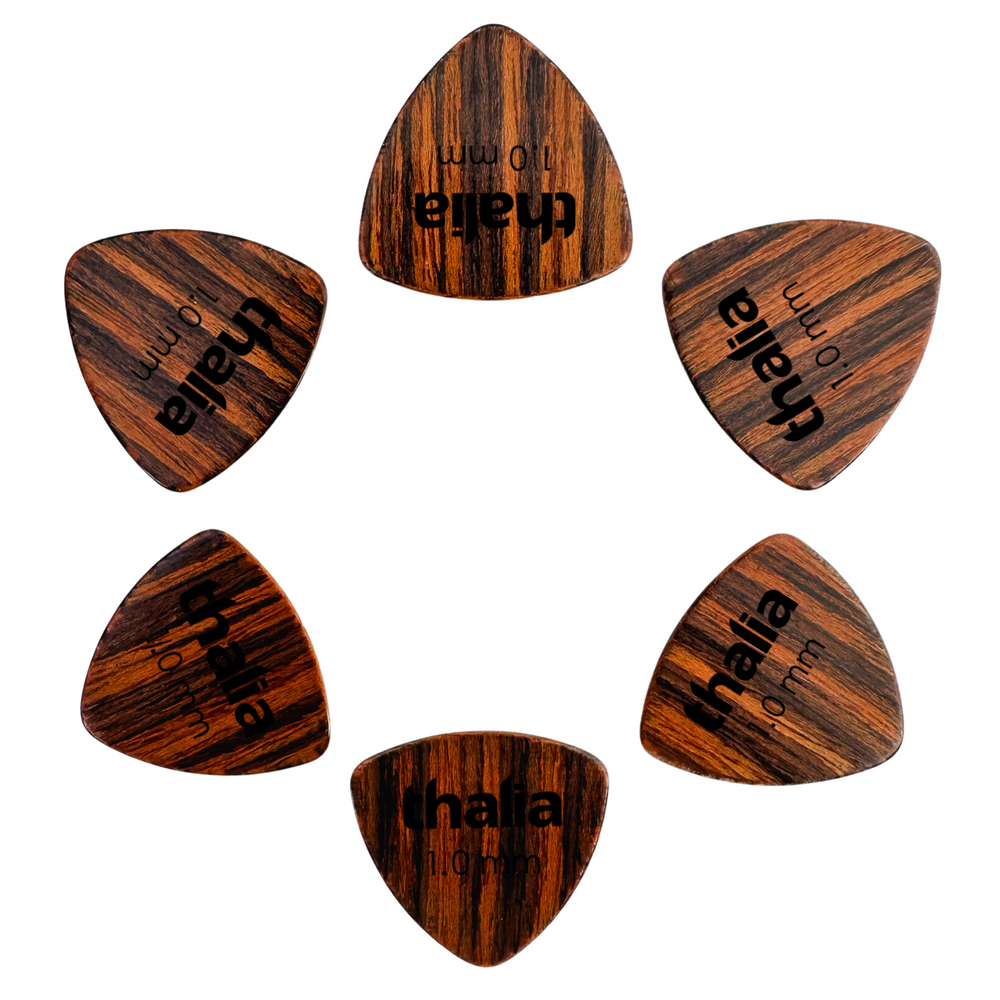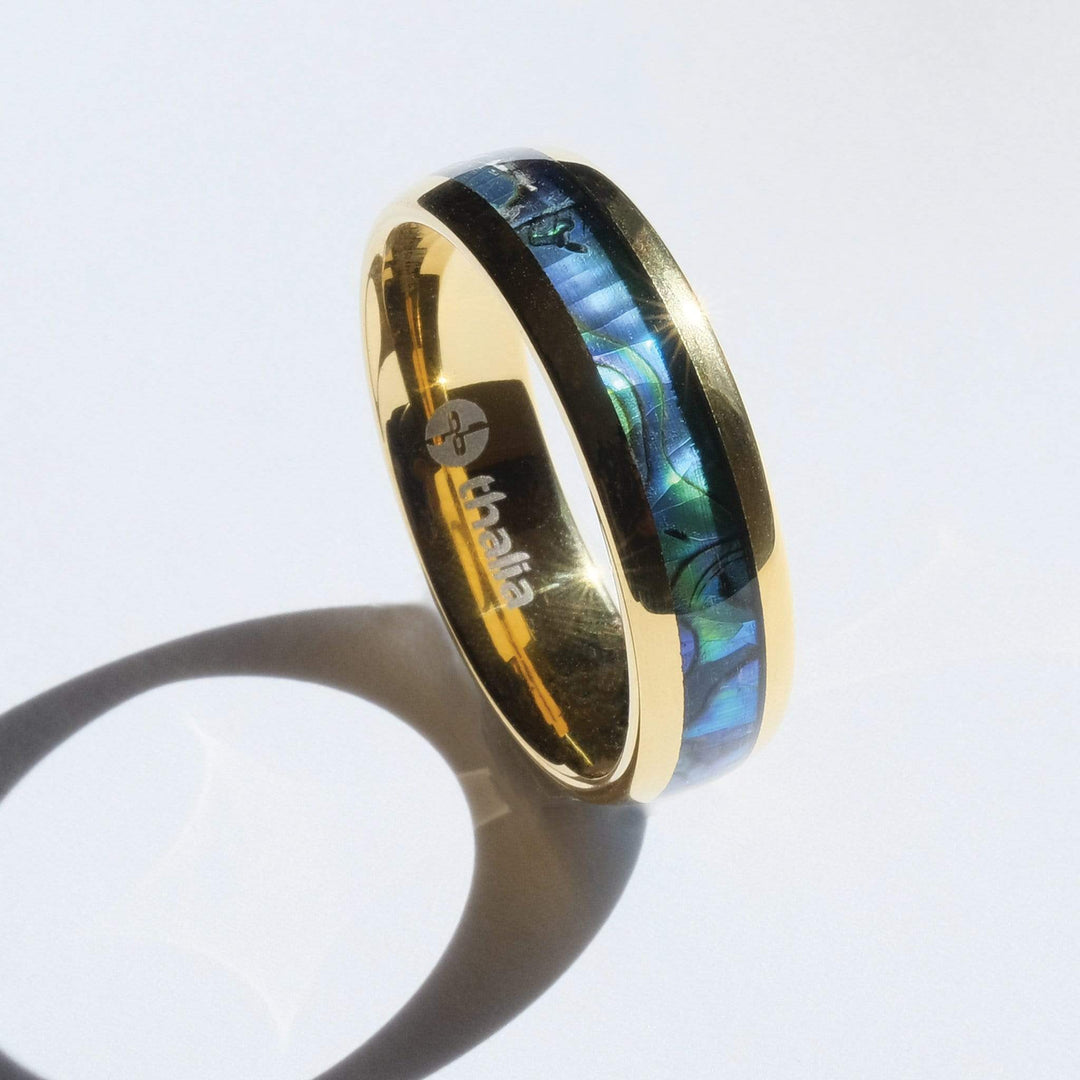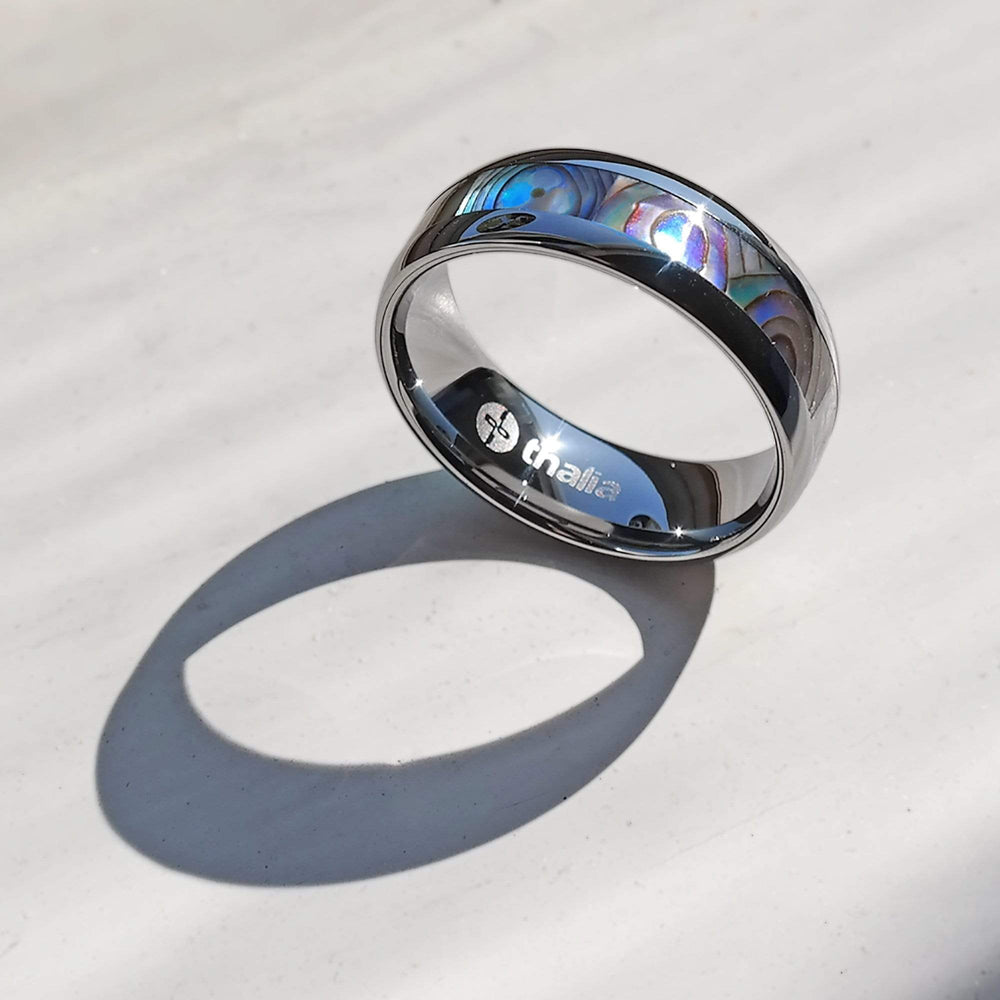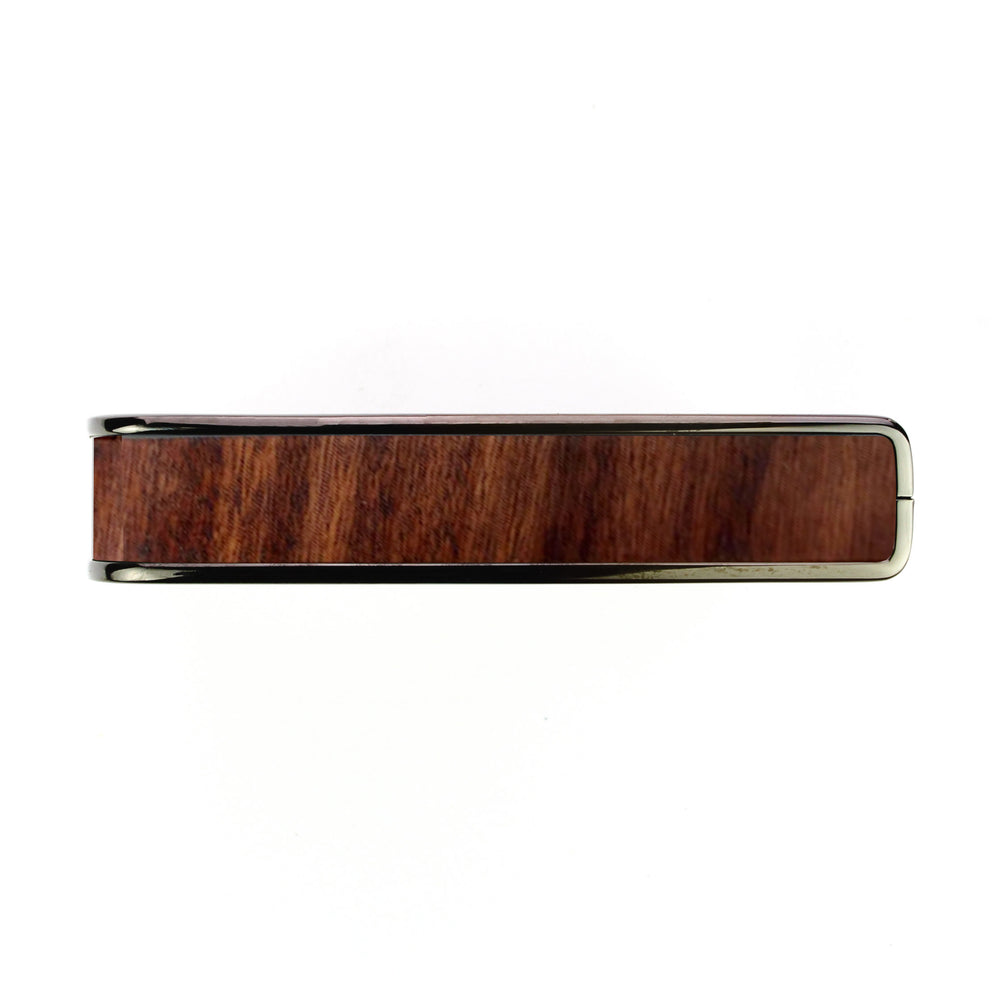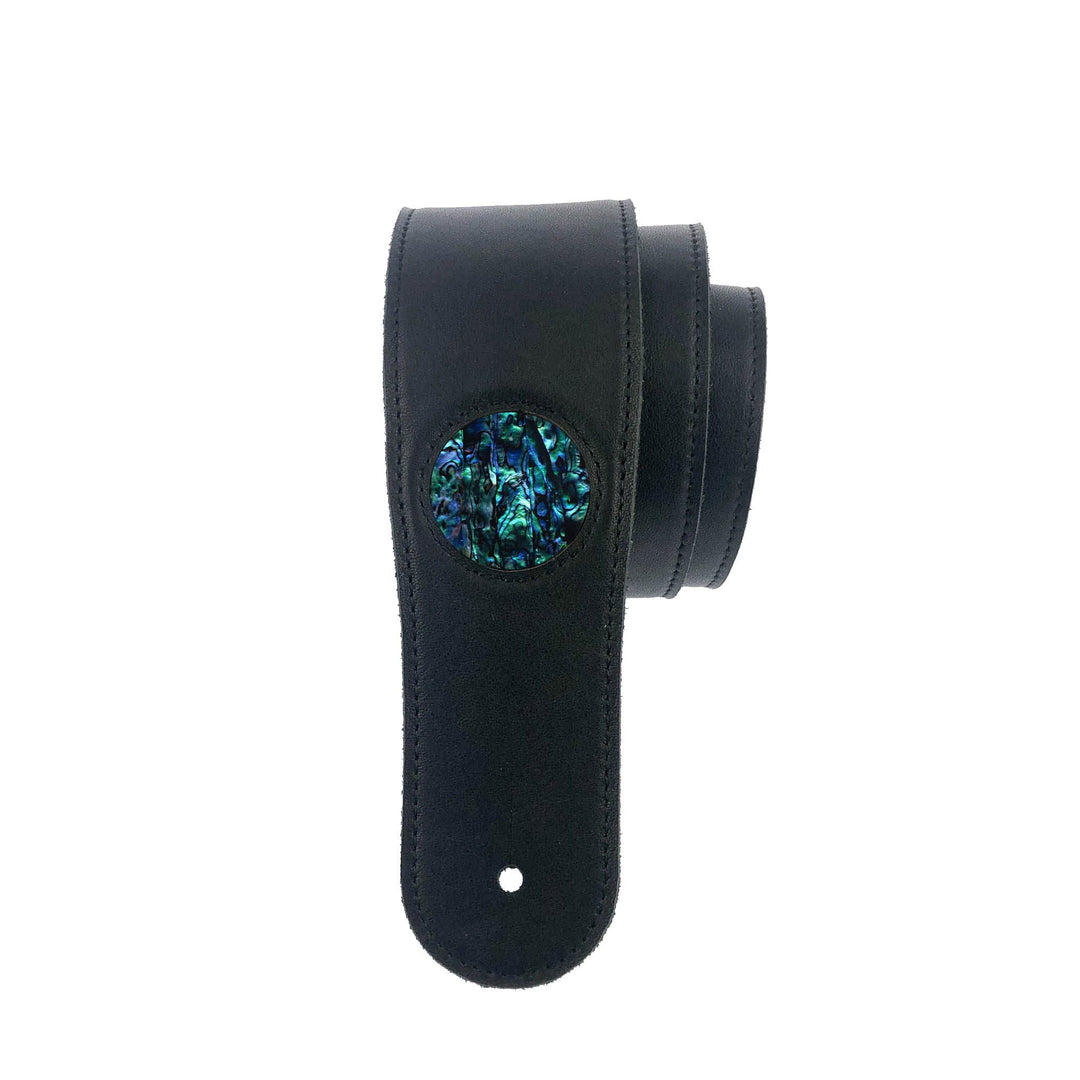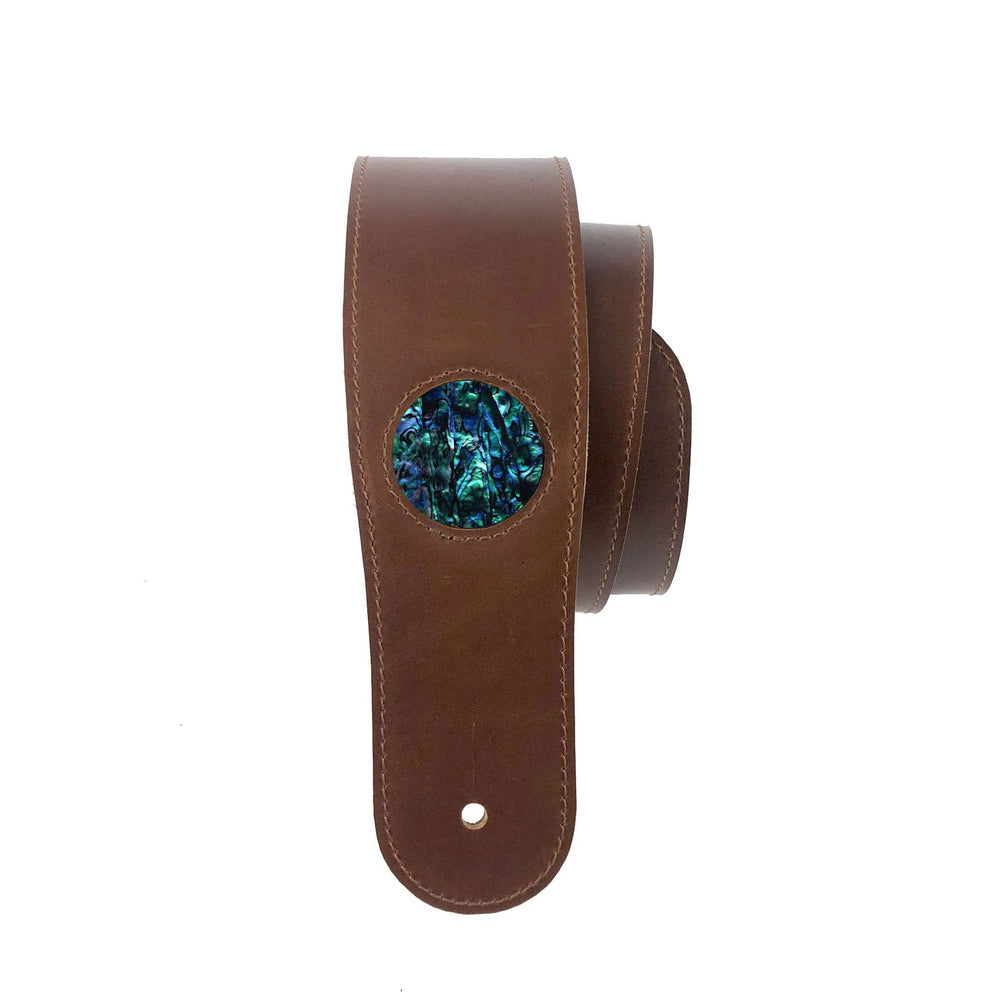Tommy Emmanuel Interview (Part 3)
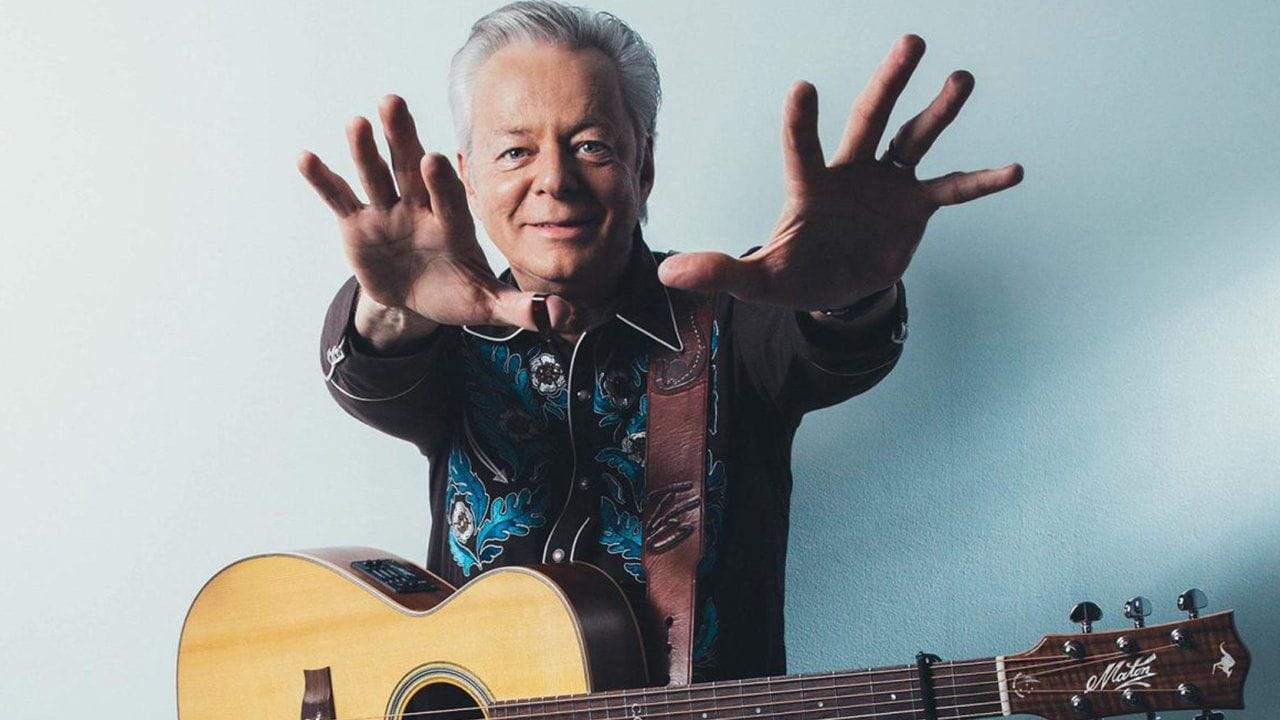
In part three of our epic chat with the legendary Tommy Emmanuel, the guitarist shares his thoughts on YouTube success, the importance of old school leg-work and guitar practice routines.
If you’re not up-to-date, then you can start at the beginning here. Otherwise, let’s jump in with a discussion YouTube stardom:
I had question for you about YouTube and the impact it’s had on fingerstyle guitar. It strikes me that between people like Andy McKee and the success you had with your “Classical Gas” video, it’s opened the genre wide open. Has that changed your audience, and what impact do you think it’s had on the guitar scene.
 |
|
Tommy Emmanuel, live at Infinity Hall. |
TE: I think YouTube has done a lot for a lot of people. I have to be honest and say I’m very grateful for the impact that YouTube has had on music. I realized the impact it had when a friend of mine showed me on video of “Guitar Boogie” recorded at the Robin 2 in Wolverhampton, England. It had been up for three months and it had more than a million views. It helped me come to the attention of the whole world.
The only thing is I find is that people who play really badly and try to play my songs… they don’t put enough time and effort into it, they put up a video of themselves struggling and then they get the support of all their friends who write good comments on there. They really should be putting in more work and doing it properly. It’s just too easy for them.
It’s a fantastic thing, and it’s been great for me. But, I want to make one thing clear. Views on YouTube do not equate to tickets sold for a concert. You still have to build an audience and create a demand.
I guess, regardless of how successful you get virally, you still need to build it from the ground up…
TE: The reason I’m saying that is because too many people think that if they get some views, they’ll be able to put on a show and have people come and see them. It just doesn’t work like that.
Did you hear the story of the guy from Los Angeles (Threatin) who bought a load of YouTube views and then booked a tour on the basis of those views that no-one came to?
 |
TE: That’s right, exactly! There’s nothing better than building an audience, going to a town, putting on a show in a small place and having them tell their friends about it. Next time you play a slightly bigger venue, then all those people tell their friends and you’re playing a bigger venue again next time around. But you have to build it yourself. There’s no other way. And you’ve got to be in it for the long haul. People forget that I started playing in America in the late 1970s. That’s how long I’ve been playing here. And it’s taken a long time to get to a point where I’m playing these bigger venues and doing what I want to do. It’s taken half of my life at least!
When I came to England in 1998, nobody knew me. The only person that did know me was Martin Taylor. And it was because of Martin Taylor that I got a call from Bill Wyman to play on a Rhythm Kings record. That’s the first thing I did in England. Bill liked what I did, so did the other guys in the band, and I got the opening slot for the Rhythm Kings on tour, which was a perfect audience for me. In 30 minutes, I hosed ‘em out. Then three months later, I came back, played to those same crowds in smaller venues, and that’s how I got started in England.
Given where you’re at now, with the amount of playing you have done in your life, do you still have a practice routine? And if so, what does that look like for you?
TE: I don’t have a practice routine. I never have had. Sometimes I’ll play the guitar all day and all night. Other times I’ll play it whenever I can and whenever I feel like it. There are times when I work purely on strength, skill, stamina and stuff like that. But, most of the time, I’m playing tunes, improvising and doing the stuff I do on stage. That’s how I practice, you know.
I’ve never had a set routine. I’ve never been that kind of person. I’ve just played for the sheer love of it and because I like to play a lot. When I’m around other players I like to jam a lot and that’s been my normal way of keeping my playing up.
Because I tour so much, every night is a two-hour workout and every thing that you can possibly throw at it, I throw at it. And that keeps me in shape. But, there are times when… I may play better today than I did yesterday. That’s what I’m aiming for.
That’s it for this edition. Watch this space for the final part of this interview.



